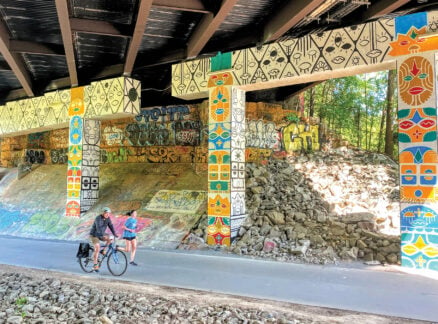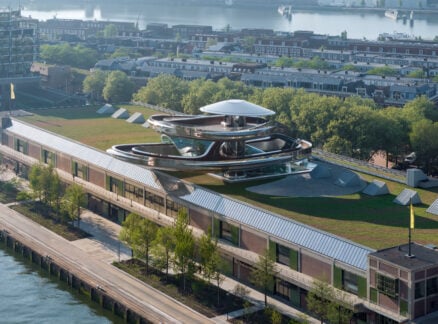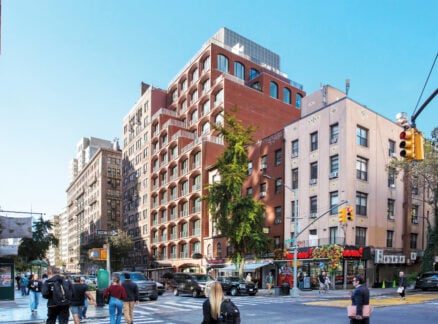February 11, 2014
Video: How NBBJ Uses Computation to Optimize Views
A computation specialist from NBBJ demonstrates how he uses scripting and more to shape the design of a building.
For a generation of young architects weaned on a steady diet of 3-D modeling, rapid prototyping, and the like, computation represents a way beyond the standard digital toolkit. “The commercial software available to architects comes with a wide range of functionality, but it’s limited by its need to be all things to all people,” says Andrew Heumann. A designer and computation specialist for NBBJ, Heumann is quick to point out the benefits of scripting plugins, animation software, and graphical programming interfaces—all bespoke methods that make the sandbox architects play in that much bigger.
But what exactly is design computation, and what does it do? As Heumann explains it, the term “refers to the development and use of custom digital tools for the design process.” Computation can assist architects in “analyzing views from every place in a building; optimizing complex geometries so they can be fabricated from fewer unique elements; studying building energy performance; or stimulating the movement of workers through an office building to calculate travel times and potentials for interaction.”
One can glean from these examples computation’s chief advantage: how it’s able to address specific design problems and then form solutions uniquely suited to them. A streamlined version of the procedure is found in the video below, produced by NBBJ. In it, Heumann presents a two-minute guide to computation, and how NBBJ integrates it in the design process.
Two Minute Overview on Design Computation from nbbjdesign on Vimeo.
Navigating his way through Grasshopper, a programming plugin for Rhino, Heumann attempts to optimise the form and orientation of a tower to take advantage of nearby vistas. His canvas is a sprawling 3-D model of downtown Seattle, whose real-life dimensions, building heights, and sightlines are all registered by the digital copy. The tower absorbs and reflects this data, producing a kind of heat map that indicates, for example, how many offices will have a view of the Space Needle. To maximize such views, Heumann simply pivots the base of the would-be skyscraper.
The demonstration, of course, captures just one instance of what computation can accomplish when applied to design. Heumann works alongside designers helping them to speed-up their processes and craft computational strategies for each. These may take on any number of forms or commands, but are always driven by real, physical considerations. Armed with this know-how, NBBJ architects can quickly and accurately derive vital analyses from sites, information that could benefit the design of a project. Building geometry, whether extravagant or simple, can be better assessed for its compliance with building code and local environmental conditions, its structural efficiency, and all-around performativity. The experience of the building itself can be mapped, choreographed, or at the very least, glimpsed.
The thought is that a limited span will produce a highly focused scope, Heumann says. “We like to focus on tools that give us information, rather than making decisions for us—the view tool is a good example of this, since it provides easily-understood visual feedback without forcing the designer to some supposedly ‘optimal’ solution.”





